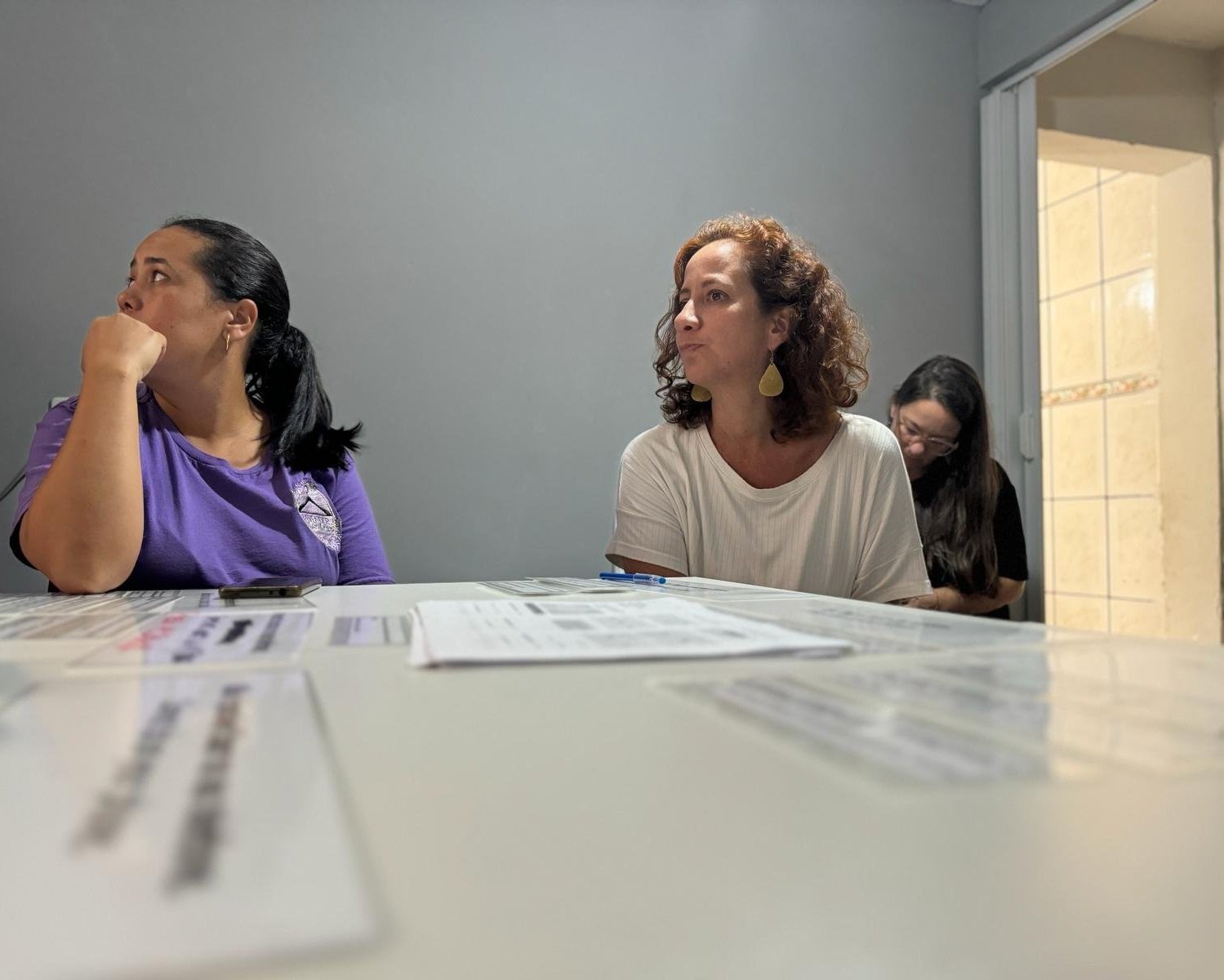
Cultural Immersion
B2C Social Media Experiences:
A cultural immersion in Brazil
Our client needed a 360 understanding of the experience using their social media tool…
from users, and businesses, to marketing agencies.
Amplinate curated a full week research and cultural experiences for a diverse set of client stakeholders (research, design, PM, dev, marketing).
We explored participant experiences and perspectives in home and work contexts, and together, immersed ourselves in the city of São Paulo, Brazil.



Our Methods & Activities
-
N=27 (9 from each cohort)
Users that use the client’s tool to complete their tasks.
Businesses that utilize the tool to draw more clients and advertise their product.
Advertisers hired or part of the business’ organization to create their marketing strategy.
-
In-person IDIs in participants' homes and workplaces
-
Immersion took place over 1 week
In-home, at-work, and in-lab IDIs and observations
Clients participated in all research activities, with Amplinate moderating and providing simultaneous translations.
The client team and Amplinate were divided into 3 tracks
This allows for maximizing data collection as well as to have an optimal client and participant experience (manageable team size for each home and workplace visit).
Observation of shopping and paying experiences
Given the study focus on commerce and advertising.
Meals, transportation, cultural events and sightseeing curated
Sightseeing spots were recommended by locals to provide an immersive experience of São Paulo’s life
A special dinner at a local’s home with Brazilian food and music for cultural immersion and team bonding
Sense-making of research findings was built into the week
via daily debriefs and an end-of-week workshop.
Impact
The immersive experience provided learnings and surprises beyond the planned research questions and objectives, allowing the client address their questions and find opportunities to their product.
The clients saw their target audiences using their product in cultural and geographical context, and how that context impacted the experience of their users (e.g., in comparison to a US-centric context with which the client was familiar).

